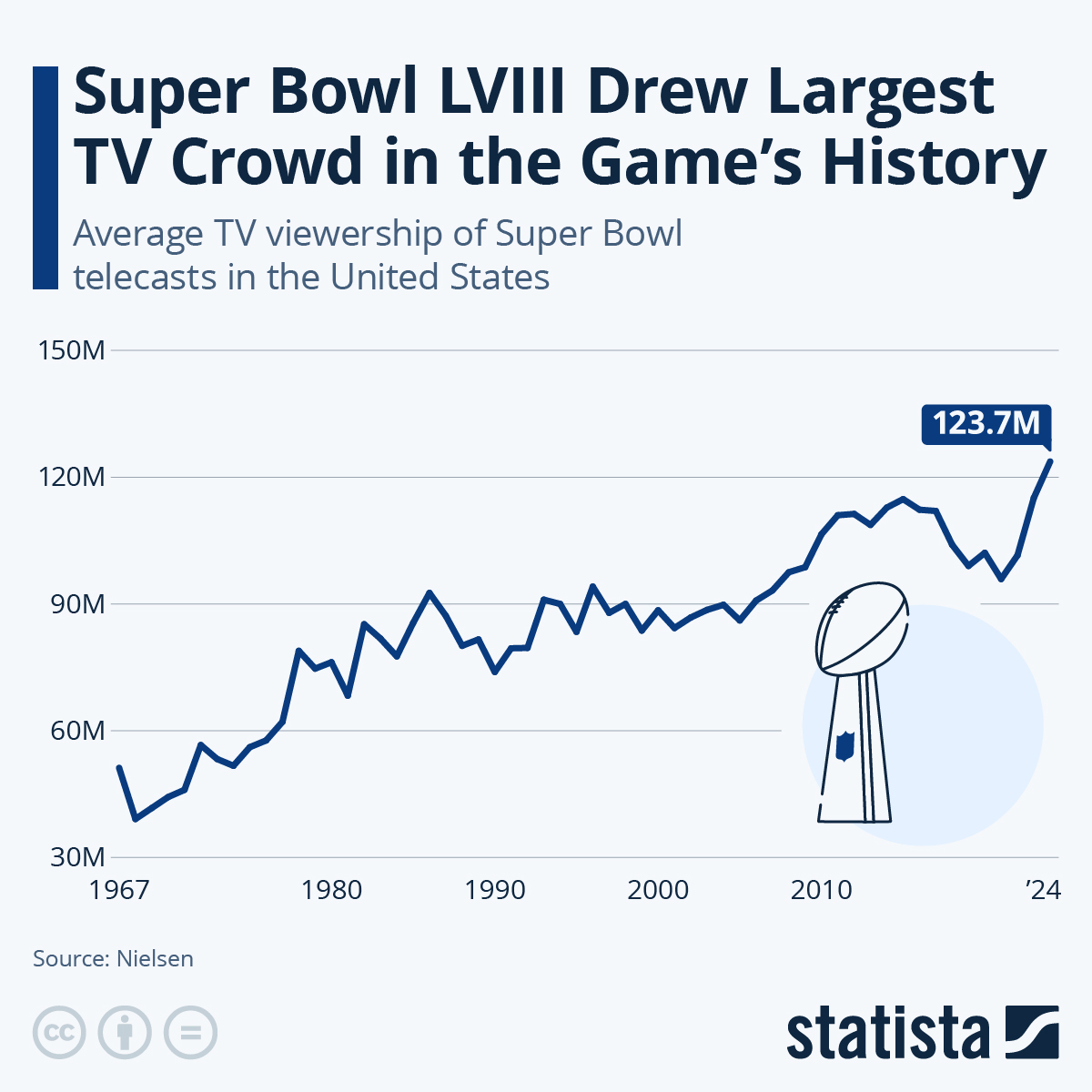MARKETING: 6 Restaurant Branding Tips for a Competitive Market
Positioning your company in the market can be quite the challenge. There are so many factors owners cannot influence that branding has becomes business’s ace to expand its customer base. Things are especially difficult for hospitality services as more and more restaurants are being opened and offer online food ordering. This means that restaurant operators need to up their game and find ways of beating the rest of their market. Branding is your best weapon to fend off the competition.
DID YOU KNOWS…
FDA Approves First Peanut-Allergy Drug
Nut allergies are one of the biggest allergens restaurants need to manage. It’s estimated that 1 in 13 American children have a food allergy, with peanut allergies being the most prevalent. But there may be good news coming. The FDA has approved the sale of Palforzia, a treatment that involves adding an increasing amount of peanut protein to food over six months until the patient develops a tolerance to two to four peanuts. It sounds like a small thing but considering how sensitive and deadly peanut allergies can be, this might be the beginning of something huge.
Super Bowl Sees Uptick in Viewers
According to preliminary figures from Nielsen, Super Bowl viewership edged up slightly in 2020 as Fox’s telecast of the Kansas City Chief’s historical win over the Francisco 49ers averaged 99.9 million viewers on Sunday. Last year’s game, which saw the New England Patriots beat the Los Angeles Rams 13-3 in the lowest scoring Super Bowl ever, had attracted an average of 98.2 million viewers, an 11-year low for the biggest game the American sporting landscape has to offer.
Popeye Fashion
Popeyes uniforms are a surprised fashion hit, thanks to Beyoncé. The fast-food chain stated selling its uniforms after the pop star launched a similar-looking fashion collection. Popeyes is selling their unis online on the That Look From Popeyes stores. Clothing sold out within a day, and the fast-food restaurant is restocking. Here are the stories of people who don’t work at Popeyes but want to look like they do.
MAGICALLY DELICIOUS [Video]
Why it matters to you: Michelin is now awarding shamrocks along with stars, what does it mean?
If you have ever eaten at even a 1-star Michelin restaurant then you know their criteria for awarding ratings must be rigorous. Well, here’s a new twist, Michelin is now awarding an additional distinction to their ubiquitous star ratings: a shamrock that signifies a restaurant that has taken responsibility for their climate impact by preserving resources, embracing biodiversity, reducing food waste, and reducing the consumption of non-renewable energy. Only 50 of the 3,435 Michelin rated restaurants received the clover designation, which is 1.5% of listed restaurants and only a little higher than the 29 total 3-star restaurants recognized that made the French 2020 guide. This is a potent statement about how few of us are actually trying for a more sustainable approach to running our restaurants. Surely, it should be easier to get the shamrock than getting even one Michelin star.
We have been droning on about sustainability over the past few years. Whether it’s a discussion on composting or the marketing value of promoting your sustainable approach, there is no doubt that your guests will go out of their way to support restaurants that focus on their climate impact. However, in our wildest dreams we didn’t think an authority with the gravitas of the Michelin Guide would join us in focusing on the climate impact of restaurants. The fact that only 50 locations were awarded this designation is likely a reflection of Michelin’s overall approach to ratings. Which is to say, just as you don’t have to get a Michelin star to be a great restaurant and the same is true of embracing sustainability and limiting climate impact. One thing is for sure, it’s good for business and good for the environment.
[Source: Eater]
GHOSTING YOUR KITCHEN
Why it matters to you: Ghost kitchens don’t represent the threat you might think.
The ghost kitchen concept seems to be on fire these days. Take the proof of an announced $60 million investment in Kitopi, a shared kitchen company that is Dubai based. But they aren’t alone. Companies like Kroger and Kitchen United are competiang for the remote kitchen energy that is building in the market. Clearly the remote kitchen concept is one that has tremendous real-world applications for the bigger players. Whether you are a national chain that wants to relieve your brick & mortar restaurants of the strain caused by off-premise dining or that you want to deploy a new branding approach with little investment, the remote kitchen is a sound strategy.
Of course, as a traditional restaurant operator, it provides some pause that so many concepts can compete without having the service responsibility of a regular operation. But have heart, it might not be that bad. First and foremost, a new concept will have to create its own branding and you’ve already got that covered. Also, people that want your food and will continue to want it as long as you maintain your quality and performance. The real threat might be felt more by meal replacement and QSR operators. While we aren’t suggesting you ignore the concept, we want to assure that you’re not nearly as vulnerable to ghost kitchens as you are to other brick & mortar concepts. We suggest you stay aware, but be unafraid, as you continue to nurture your own brand through these paradigm disrupting trends.
[Source: Restaurant Business Online]












